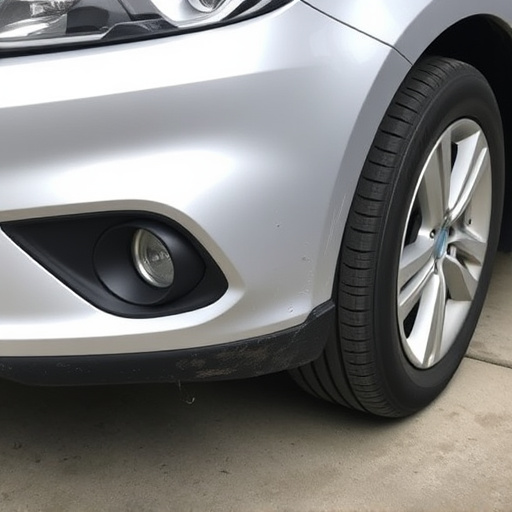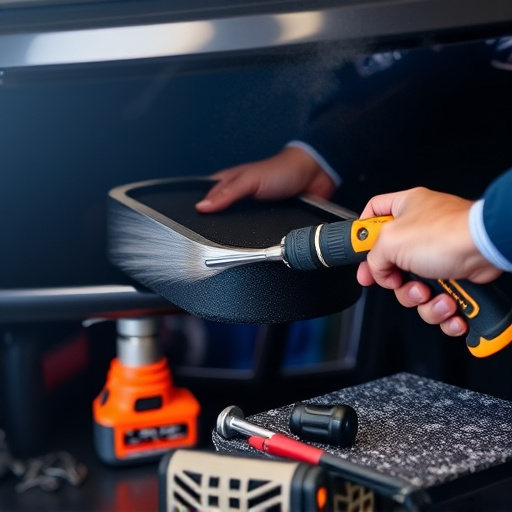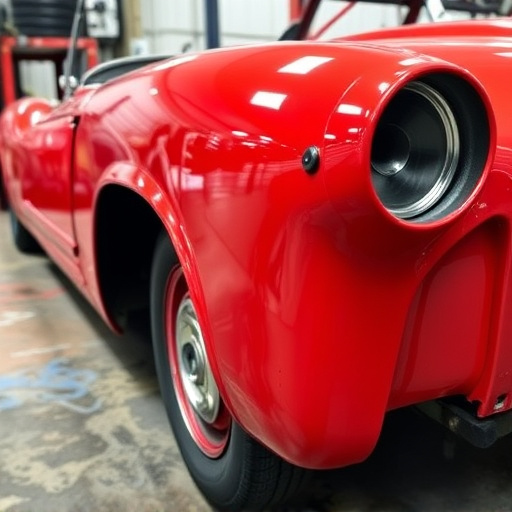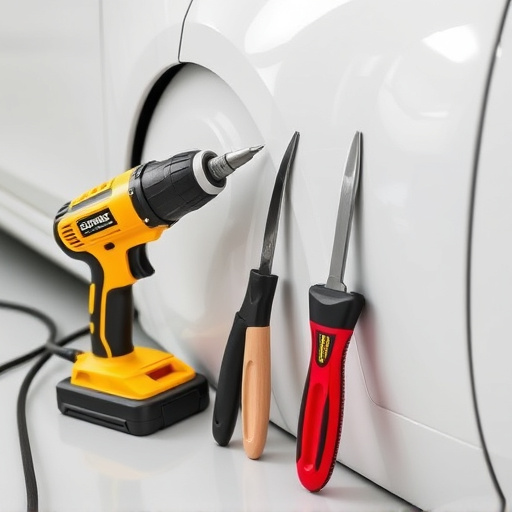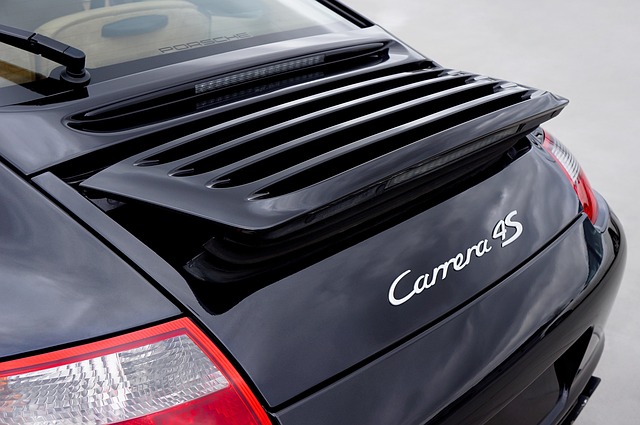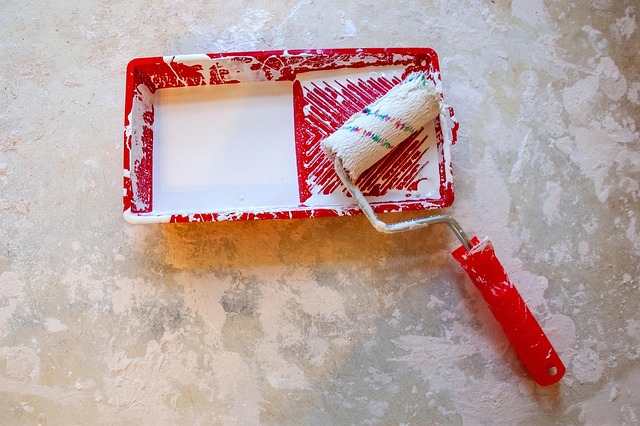Car dent removal varies from DIY kits for minor dents to professional techniques for severe cases. Essential tools include dent pullers, heat guns, and restoration products. At-home removal is achievable with proper equipment and careful work around sensitive areas.
Tired of unsightly dents marring your vehicle’s appearance? Learn how to tackle common car dent removal methods with our comprehensive guide. From understanding different dent types to mastering essential tools and techniques, we’ll equip you with DIY knowledge. Discover the secrets to a flawless finish without breaking the bank. Get ready to say goodbye to those pesky dents and restore your car’s sleek exterior!
- Understanding Common Car Dent Types
- Tools and Materials for Removal
- Step-by-Step DIY Dent Removal Guide
Understanding Common Car Dent Types
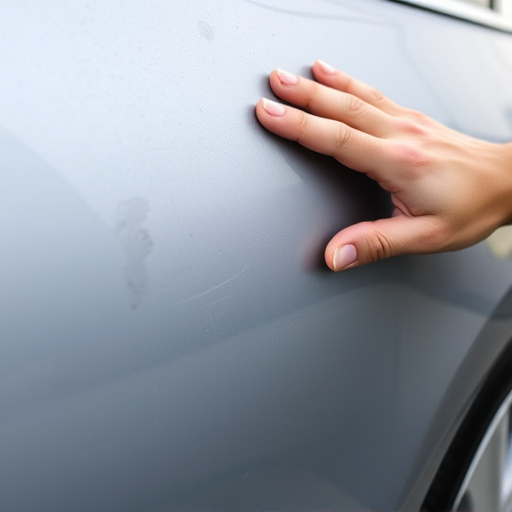
Car dents can vary greatly in size, shape, and severity, each requiring a unique approach for effective car dent removal. Understanding these common types is the first step in achieving flawless vehicle restoration. Shallow dents, often referred to as ‘dents’ or ‘dimples’, are typically caused by light impacts and can usually be repaired at home with DIY kits. These are relatively easy to fix and leave minimal traces.
Deeper dents, known as ‘cratered’ or ‘bent’ dents, involve more significant deformations where the metal has been pushed in or out. These often require professional automotive restoration techniques such as pounding or using specialized tools to return the metal to its original shape. For severe cases, where the dent extends into the panel’s core, vehicle dent repair might be the best option, ensuring a smooth and flawless finish upon completion of car dent removal.
Tools and Materials for Removal
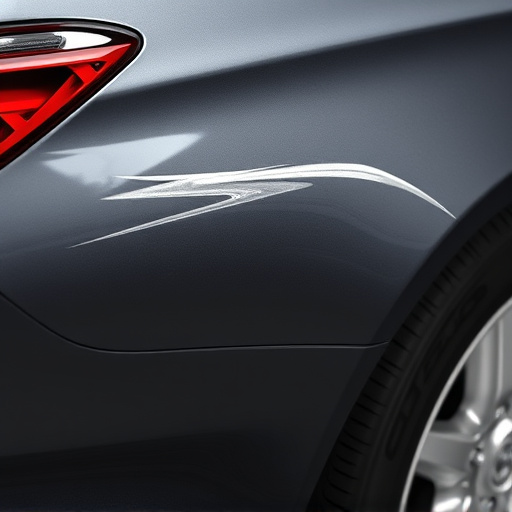
Car dent removal is a process that requires the right tools and materials to achieve professional-looking results. Before starting any DIY car dent removal project, gather your equipment. A good set of metal dents or a mallet, along with putty knives and clamping tools, are essential for this task. For more severe dents, you might need a dent puller or a paintless dent repair kit, which uses heat to remove the dent without damaging the car’s paintwork. These kits often include a heat gun, foam pads, and various attachments.
Additionally, don’t forget to invest in high-quality car restoration products, such as filler and primer, if you plan on restoring your vehicle to its original condition. While some automotive body shop professionals might opt for more specialized tools, DIY enthusiasts can usually achieve great results with a well-equipped toolkit tailored for car damage repair.
Step-by-Step DIY Dent Removal Guide
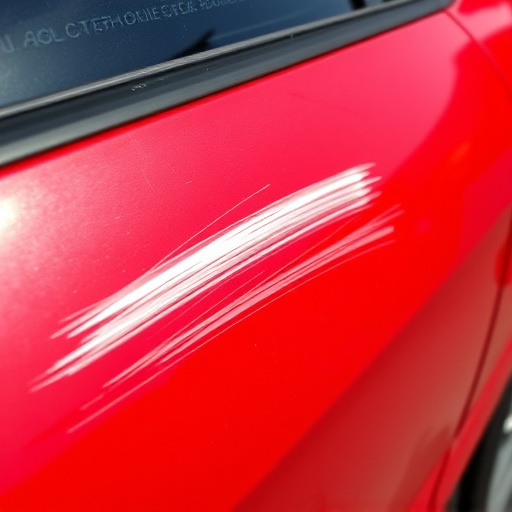
Car dent removal can be a daunting task for many car owners, but with the right tools and techniques, it can be achieved effectively at home. Here’s a simple step-by-step DIY guide to help you remove those unsightly dents from your vehicle’s exterior. Start by gathering essential tools like a dent puller or a set of pliers designed for this purpose. Ensure your work area is clean and well-lit, and wear protective gloves to avoid any injuries.
First, identify the size and shape of the dent. For smaller, shallow dents, a dent puller tool can be used by inserting it under the dent and gently pulling upwards while applying pressure around the edge. This process may need some trial and error, so be patient. If dealing with deeper dents, or on a luxury vehicle like a Mercedes Benz repair, consider using a heat gun to warm up the dented area slightly, as this can make it easier to manipulate without causing further damage. Always work carefully around sensitive panels, especially in automotive collision repair, to avoid compromising the structural integrity of your vehicle.
Car dent removal doesn’t have to be a daunting task. By understanding different dent types, gathering the right tools, and following a structured guide, you can effectively fix minor dents yourself, saving time and money. Remember, while DIY methods work for small dents, deeper or complex damage may require professional assistance. Keep these techniques in your arsenal for future touch-ups, ensuring your vehicle maintains its best appearance.

